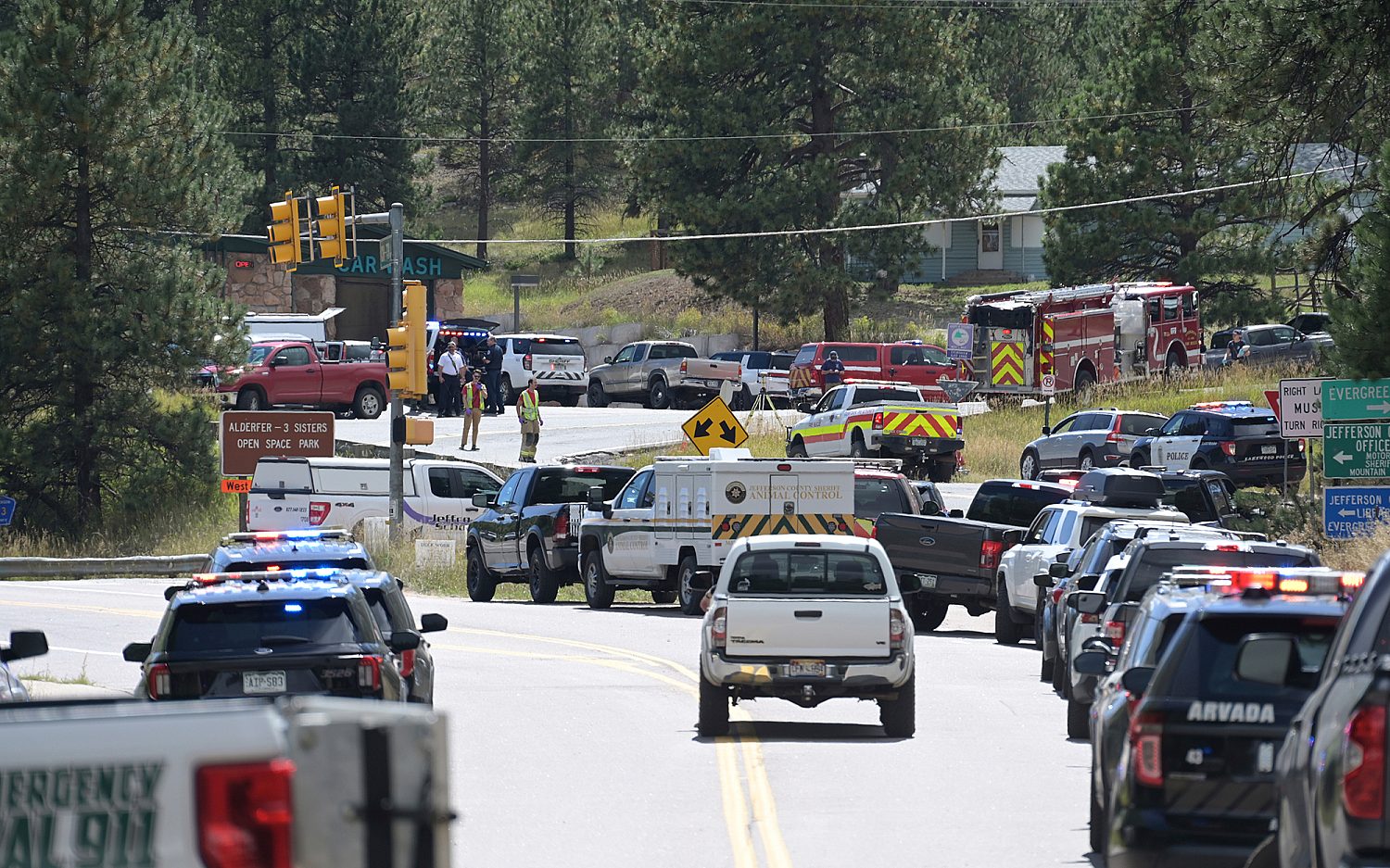Roadways replace runways for emergency landings
As more and more public-use airports close each year, U.S. pilots are left with fewer options for emergency landings. As a result, pilot John Pederson landed his small plane on downtown Chicago’s Lake Shore Drive on Sunday.
Part of the plane’s stabilizer broke loose, shaking the aircraft as Pederson flew over the lakefront at about 6 a.m. “I thought the plane was going to break apart,” Pederson, 51, told the Chicago Sun-Times. “I timed the stoplights. There wasn’t a whole lot of traffic. I thought it was the safest place to put the plane down.”
He said two cars collided with his plane’s left wing after he landed. They drove away and firefighters pushed the plane onto agrassy shoulder. A pilot for five years, Pederson said airborne emergencies are always a risk, so scouting for a possible place to land is normal.
“This could have been fatal,” Chicago Police Sgt. Craig Roberts said. But within hours, traffic snaked normally along the Lake Michigan shore and Pederson arranged to have the plane returned to its hangar at Schaumburg Regional Airport, west of O’Hare International.
For now, Pederson will not face a citation. Federal Aviation Administration (FAA) spokeswoman Elizabeth Isham Cory confirmed Pederson was alone on board and reported no injuries, though the agency will open an investigation.
Pederson’s emergency highlights a problem for U.S. pilots: Between 1997 and 2007 alone, 200 airports closed, the greatest numbers in Alaska, Texas, and New York. Besides being havens during emergencies and destinations in their own right, smaller public-use airports in urban areas provide relief for larger commercial airports by serving general aviation and corporate traffic. The loss of these airports has economic repercussions that are rarely reversed: Maintenance services, car rental companies, flight schools, restaurants, and charter businesses often disappear in tandem with the airport.
Ten years ago, Chicago’s city-owned Meigs Field, once the busiest single-runway airport in the U.S., closed after much protest from the nation’s pilots and the Aircraft Owners and Pilots Association (AOPA). Pederson might have landed at Meigs if it were still open. In 2003, only months after Mayor Richard Daley ordered the demolition of Meigs’ runway, two pilots made safe emergency landings on the property—one on the taxiway and another on the grass. The mayor justified the closure as protection from potential terrorist access to downtown.
Pennsylvania’s third largest city, Allentown, is currently embroiled in a battle over its Queen City Municipal Airport. Mayor Ed Pawlowski is dead-set on closing the airport, located near interstate highways, to earn the city a profit on the land. Alternative land development is a common motive for closures, according to the Transportation Research Board’s 2011 study on U.S. public-use airports.
But AOPA reported most public-use airport closures in the last 10 years were those in private hands: Nashville lost privately owned Cornelia Fort Airpark, five miles from downtown, in 2011. Like Chicago’s Meigs Field, it morphed into a park.
The Associated Press contributed to this report.
An actual newsletter worth subscribing to instead of just a collection of links. —Adam
Sign up to receive The Sift email newsletter each weekday morning for the latest headlines from WORLD’s breaking news team.




Please wait while we load the latest comments...
Comments
Please register, subscribe, or log in to comment on this article.